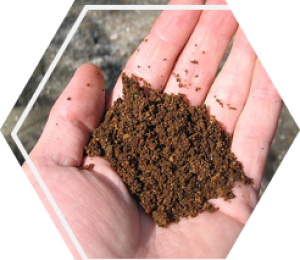Soil Task
Middle School Biology & Ecology
Three-Dimensional Claim
In this task, students will construct explanations and models for predictions about cause-and-effect patterns, including those of stability and change that impact ecosystems and humans’ resources.
Performance Expectations - Next Generation Science Standards (NGSS)
MS-LS2-2. Ecosystems: Interactions, Energy, & Dynamics
- Construct an explanation that predicts patterns of interactions among organisms across multiple ecosystems. [Clarification Statement: Emphasis is on predicting consistent patterns of interactions in different ecosystems in terms of the relationships among and between organisms and abiotic components of ecosystems. Examples of types of interactions could include competitive, predatory, and mutually beneficial.]
MS-ESS3-4. Earth & Human Activity
- Construct an argument supported by evidence for how increases in human population and per-capita consumption of natural resources impact Earth's systems. [Clarification Statement: Examples of evidence include grade-appropriate databases on human populations and the rates of consumption of food and natural resources (such as freshwater, mineral, and energy). Examples of impacts can include changes to the appearance, composition, and structure of Earth’s systems as well as the rates at which they change. The consequences of increases in human populations and consumption of natural resources are described by science, but science does not make the decisions for the actions society takes.]
Next Generation Science Standards
This task is intended to elicit student learning of the following NGSS elements for each of the three dimensions:
Disciplinary Core Ideas
LS2.A: Interdependent Relationships in Ecosystems
- Similarly, predatory interactions may reduce the number of organisms or eliminate whole populations of organisms. Mutually beneficial interactions, in contrast, may become so interdependent that each organism requires the other for survival. Although the species involved in these competitive, predatory, and mutually beneficial interactions vary across ecosystems, the patterns of interactions of organisms with their environments, both living and nonliving, are shared. (MS-LS2-2)
LS4.D: Biodiversity & Humans
- Changes in biodiversity can influence humans’ resources, such as food, energy, and medicines, as well as ecosystem services that humans rely on—for example, water purification and recycling. (secondary to MS-LS2-5)
ESS3.A: Natural Resources
- Humans depend on Earth’s land, ocean, atmosphere, and biosphere for many different resources. Minerals, freshwater, and biosphere resources are limited, and many are not renewable or replaceable over human lifetimes. These resources are distributed unevenly around the planet as a result of past geologic processes. (MS-ESS3-1)
ESS3.C: Human Impacts on Earth’s Systems
- Human activities have significantly altered the biosphere, sometimes damaging or destroying natural habitats and causing the extinction of other species. But changes to Earth’s environments can have different impacts (negative and positive) on different living things. (MS-ESS3-3)
Science and Engineering Practices
Constructing Explanations
- Construct an explanation that includes qualitative or quantitative relationships between variables that predict(s) and/or describe(s) phenomena.
Developing & Using Models
- Develop and/or revise a model to show the relationships among variables, including those that are not observable but predict observable phenomena.
Engaging in Argument from Evidence
- Construct, use, and/or present an oral and written argument supported by empirical evidence and scientific reasoning to support or refute an explanation or a model for a phenomenon or a solution to a problem.
Analyzing & Interpreting Data
- Construct, analyze, and/or interpret graphical displays of data and/or large data sets to identify linear and nonlinear relationships.
- Analyze and interpret data to provide evidence for phenomena.
Crosscutting Concepts
Patterns
- Patterns can be used to identify cause and effect relationships. (MS-LS2-2)
- Graphs, charts, and images can be used to identify patterns in data. (MS-ESS3-2)
Stability & Change
- Small changes in one part of a system might cause large changes in another part. (MS-LS2-5)
- Stability might be disturbed either by sudden events or gradual changes that accumulate over time. (MS-ESS3-5)
Cause and Effect
- Cause and effect relationships can be classified as causal or correlational, and correlation does not necessarily imply causation. (MS-ESS3-3)
- Cause and effect relationships may be used to predict phenomena in natural or designed systems. (MS-ESS3- 1), (MS-ESS3-4)

